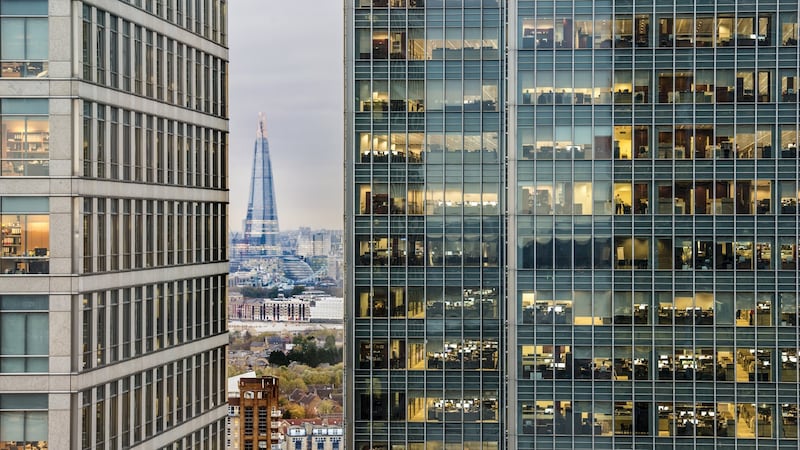Total demand for London office buildings has dropped over the past three years as companies squeeze staff into ever smaller office spaces, casting a shadow over the capital’s apparently robust commercial property market.
Space occupied by companies in London has shrunk by 3m sq ft in three years, according to Seaforth Land, a London property investor. Seaforth said a big factor in the decline was staff being packed more densely into office spaces.
Total space currently makes up more than 200m sq ft.


Tyler Goodwin, founder of Seaforth Land, said a "structural change" was taking place, although in some years it has been masked by overall jobs growth, which had underpinned demand.
“The behaviour of the market has fundamentally changed over the past five years,” he said.
Where each worker 20 years ago was allocated on average 98 sq ft – a figure that includes their share of communal spaces as well as individual desk space – the figure now stands at 79 sq ft per worker, or almost a fifth less, the company said. The figure is still shrinking.
In the years of strong economic growth after the financial crisis, rising employment compensated for this shrinkage, resulting in increases in the total amount of space being used.
But in recent years the total space, which is also affected by rent costs and whether newly built properties are on offer, has fallen.
Despite having employment growth
Mr Goodwin said the contraction in office space occupied by businesses had occurred "despite having employment growth over the past three years".
He said concerns over Brexit had “led businesses to ask whether they want to take on more space or densify where they are”.
Serviced-office groups such as WeWork have helped to drive the trend, because they have led a push towards both hot-desking and more efficient office design.
But it is not just flexible office providers that are packing staff in more tightly.
One “leading global business services company” interviewed by Seaforth Land said they had halved space per employee from 120 sq ft a decade ago to 60 sq ft today.
Mr Goodwin said the trend would threaten landlords operating on the “traditional rent-collector model” as the market becomes more competitive.
Instead it would favour those who offer “real estate as a service”, engaging more closely with tenants, he said, adding that workers can respond well to smaller spaces if they are well designed and operated.
Separate research by CBRE in January said a division had emerged for the first time between newly built London office space and second-hand offices, with an oversupply emerging in existing space.
At the end of the third quarter of 2018, more second-hand space was available than at any point since 2010, while the availability of new buildings was at its lowest in 18 years. CBRE expects rents for “prime” offices to rise 10 per cent in five years while secondary rents fall 5 per cent.
Seaforth’s figures are based on underlying data from CBRE, a property agency, and EGi, a data service.
– Copyright The Financial Times Limited 2019





















